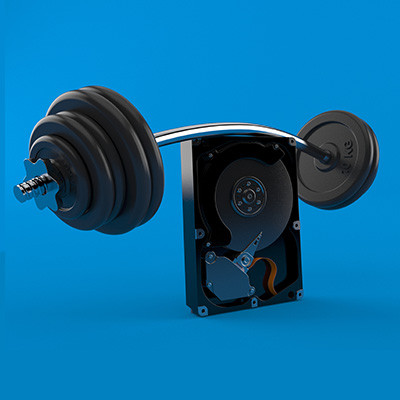k_Street Consulting, LLC Blog
What Do You Need in Your Backup Solution?
Data is what makes your business function, and if you’re not careful, you might find yourself without it due to a hardware failure, malware attack, or even human error. You need to maintain and implement a powerful data backup solution to ensure that your business can bounce back following a disaster, and this platform should keep your data as safe and accessible as possible in the process. Here’s how you can implement such a solution.
Start with an Assessment
First, you need to know how to categorize your data in such a way that it’s easier to plan a backup solution. In this case, you’ll want to identify your critical data that must be kept safe, like financial records, customer information, and intellectual property. When you categorize based on level of importance, you start to see where your backup priorities should be.
Consider Your Recovery Objectives
Your recovery objectives are also going to shape the solution you implement. You need to know your recovery time objective (RTO) and recovery point objective (RPO) for each category of your data. In short, RTO involves acceptable downtime that you’re willing to suffer through, i.e. how quickly you can recover your data, and RPO involves acceptable data loss, ideally minimal.
Identify the Appropriate Backup Solution
Businesses can back up data in a couple of different ways. Your organization can back up to hard drives, or you can pay for cloud storage to keep your backups online and accessible. You could even back up to tape like the good old days if you really wanted to (but we don’t advise that). k_Street Consulting, LLC recommends that you use what’s called a data backup and disaster recovery system, or BDR, which provides comprehensive data backup for your business.
BDR provides incremental on-site backup to our BDR device simultaneously with pushing copies of this data to a secure, off-site data center. This means your data has the redundancy to always be available when you need it most.
Set Up a Backup Schedule
Once you have your system in place, start with setting up a regular schedule for these backups to occur. This is incredibly important; you’ll want to consider frequency and any risks you can anticipate (and even those you might not) when building your schedule. Automated backup systems like BDR can kickstart these processes automatically, meaning they require no intervention on your part to be performed.
Test and Assess Your Backups
If your backup schedule is automated, then you’ll want to periodically test and assess your backups to ensure they are actually happening the way you intend. The last thing you want is to find out that your backups aren’t configured correctly or that your data is corrupted as a result—especially when you need it most.
Prioritize Security
Finally, you want to guarantee that you’re doing all you can to protect your backups. These security measures should protect against unauthorized access, theft, and malware attacks. Make encryption a priority for your data backups, as it will add an extra layer of protection that will prove critical. Offline backups can also help you avoid complications involved with ransomware attacks and other cybersecurity threats.
k_Street Consulting, LLC can help you implement BDR to work toward greater data backup and security for your business. To learn more, call us at (202) 640-2737.



Comments